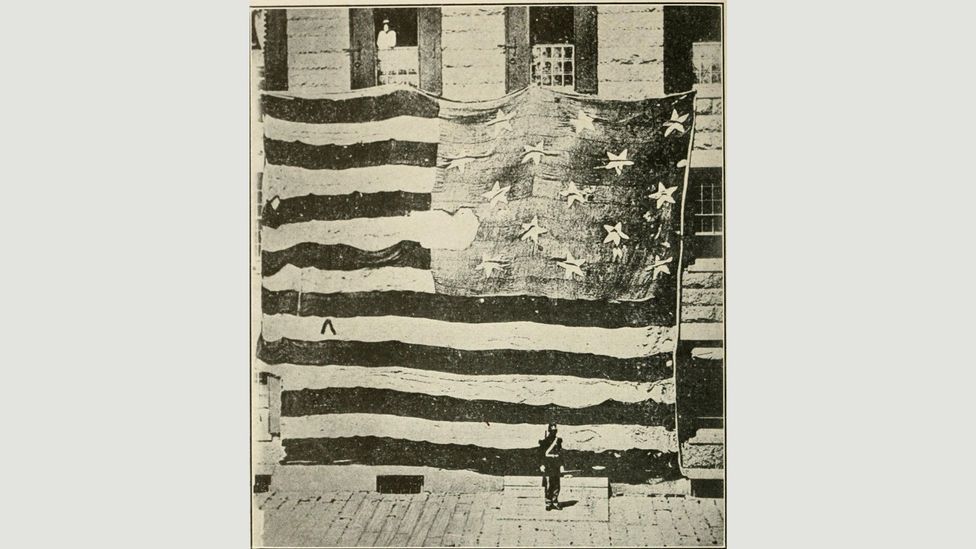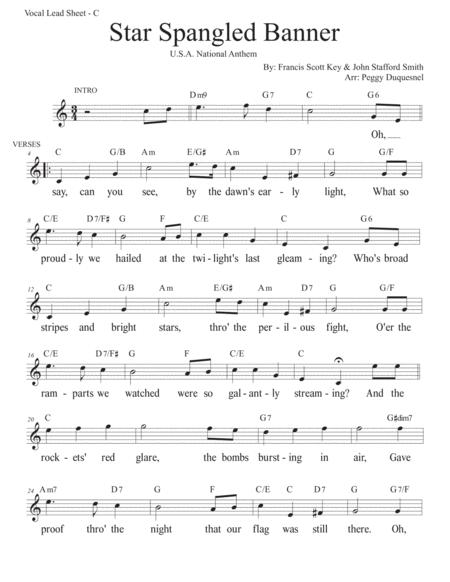


“That is to say, we are ready except that we have no suitable ensign to display over the Star Fort and it is my desire to have a flag so large that the British will have no difficulty seeing it from a distance.” “We, sir, are ready at Fort McHenry to defend Baltimore against invading by the enemy,” he said to American General Samuel Smith, who commanded all forces in and around the city. Major George Armistead wanted to show the British that Fort McHenry was ready to fight. After the war, the flag was often displayed as a symbol of national pride and unity. But the flag’s appearance over Fort McHenry during the Battle for Baltimore and Francis Scott Key’s poem “The Star-Spangled Banner” inspired the public. Before the war, Americans rarely used the flag to express patriotism. The War of 1812 elevated the American flag to icon status. Courtesy Smithsonian Institution The Flag In the 19th century, pieces of the banner were cut and given as souvenirs. Several feet of the flag’s fly end and one star are missing. The original Star-Spangled Banner is on view at the National Museum of American History in Washington, DC.


 0 kommentar(er)
0 kommentar(er)
